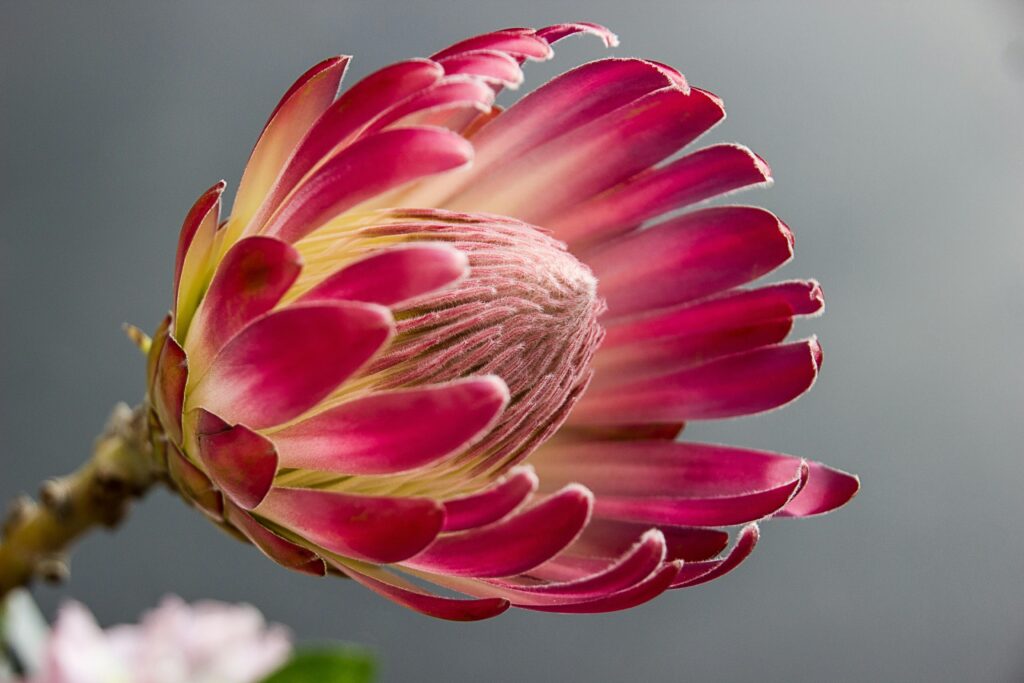Radial balance is a fundamental design principle where visual elements radiate symmetrically from a central point, creating a harmonious and dynamic composition. This technique is prevalent across various art forms, including painting, photography, architecture, and graphic design, offering a unique method to guide the viewer’s eye and evoke specific emotions.
Understanding Radial Balance
At its core, radial balance involves arranging elements around a central axis, resulting in a circular pattern that exudes symmetry and unity. Unlike symmetrical balance, which mirrors elements on either side of a central line, radial balance extends outward in all directions from a focal point. This arrangement not only adds depth but also introduces a sense of movement within the artwork.
Key Characteristics of Radial Balance
- Central Focal Point: All elements converge or emanate from a single central point, drawing the viewer’s attention inward.
- Symmetrical Arrangement: Elements are evenly distributed around the center, maintaining visual equilibrium.
- Dynamic Movement: The circular layout guides the eye around the composition, creating a sense of motion.
Applications of Radial Balance in Art
Creating Visual Harmony
Radial balance is instrumental in achieving visual harmony within a composition. By organizing elements around a central point, artists can produce a cohesive and balanced piece that resonates with viewers. This technique is often employed in mandalas, where intricate patterns radiate symmetrically, symbolizing unity and wholeness.
Emphasizing Focal Points
Utilizing radial balance effectively highlights the central subject of an artwork. For instance, in photography, capturing a subject framed by circular elements—like a person standing under an archway—naturally draws attention to the center. This method is evident in architectural photography, where structures like domes and spiral staircases are composed to lead the viewer’s gaze toward the central point.
Evoking Movement and Energy
The circular nature of radial balance inherently suggests motion. Artists can harness this to convey energy and dynamism within their work. Abstract artists, such as Robert Delaunay, have utilized radial balance to create a sense of movement and rhythm in their paintings. In photography, long exposure shots capturing star trails exemplify radial balance by depicting the apparent motion of stars around the celestial pole.
Techniques for Achieving Radial Balance
Incorporating Natural and Man-Made Elements
Both natural and architectural elements can serve as subjects for radial balance. Flowers, seashells, and sunbursts naturally exhibit radial symmetry. Architectural features like domes, circular windows, and spiral staircases also provide opportunities to explore this balance. Photographers and artists can seek out these subjects to practice and refine their use of radial balance.
Utilizing Patterns and Repetition
Repetition of shapes, colors, or textures around a central point reinforces radial balance. Designers often employ this technique in logo creation, where elements radiate from the center to create a cohesive and memorable image. In painting, repeating motifs arranged radially can unify the composition and enhance visual interest.
Experimenting with Perspective and Composition
Adjusting the perspective or viewpoint can accentuate radial balance. Photographers might shoot from directly above or below a subject to emphasize its circular symmetry. In painting and drawing, positioning elements to lead the eye toward the center can effectively establish radial balance.
Common Questions About Radial Balance
How Does Radial Balance Differ from Other Types of Balance?
While symmetrical balance involves mirroring elements on either side of a central axis, and asymmetrical balance relies on unequal distribution to achieve equilibrium, radial balance centers around a focal point with elements radiating outward. This creates a dynamic and engaging composition distinct from other balance types.
Can Radial Balance Be Used in Asymmetrical Designs?
Yes, radial balance can be incorporated into asymmetrical designs by varying the size, color, or texture of elements around the central point. This approach maintains the dynamic movement characteristic of radial balance while introducing visual interest through asymmetry.
Is Radial Balance Suitable for All Art Forms?
Radial balance is versatile and can be applied across various art forms, including painting, photography, graphic design, and architecture. Its effectiveness depends on the artist’s intent and the desired impact on the viewer.
Conclusion
Mastering radial balance empowers artists and designers to create compositions that are harmonious, dynamic, and engaging. By understanding and applying this principle, one can guide the viewer’s eye, emphasize focal points, and convey movement within their work. Whether through natural subjects or deliberate design choices, radial balance remains a powerful tool in the artist’s repertoire.
For further exploration of radial balance and its applications, consider studying the rose windows of Gothic cathedrals, which exemplify this principle in architectural design. Additionally, examining mandalas in various cultural contexts can provide deeper insights into the symbolic and aesthetic uses of radial balance.


